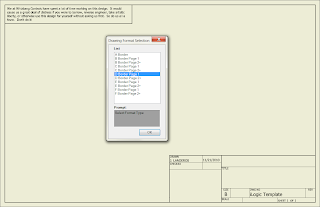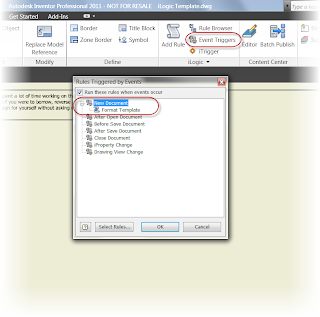Mark Twain
Today's blog is rather short, for a couple of reasons.
First, as some of you who follow my Twitter feed have noticed, this weekend was another snowboarding escape to Mammoth Mountain in the Sierra Nevada Mountains.
 |
| Me with the giant snowman. He's celebrating a world record breaking 209" of snow in December 2010 |
Second are some last minute preparations for the first FlexNET class that I've done in quite some time.
 |
| Some of you may know this screen |
FlexNET Publisher is a licensing utility created by Flexera Software. This utility allows you to float licenses of your Autodesk software across multiple machines, even allowing you to install your software on more machines than you actually have licenses for.
I'm sure somebody out there in the cyberverse is scratching their head. After all, didn't I just state something that implies, at face value, that you can have run more seats of software than you actually have licenses for.
This is where FlexNET Publisher comes in. FlexNET Publisher is a utility that is installed on a central computer (referred to as a license server moving forward).
This server takes your network licenses and floats them among the machines you've installed software on.
For example:
You have 10 licenses of AutoCAD software, floating on a network controlled by FlexNET Publisher installed on a central licensing server. But you've installed AutoCAD on 20 machines, how does that work?
The first 10 users to start AutoCAD will get the licenses. The 11th person to request the license gets a message indicating that the licenses are in use, and they have to wait for a license to free up. Once one of the licenses is free, they can go ahead and grab that license.
That's how you can install AutoCAD on several machines, but keep yourself from using more licenses than you have.
It's like checking out books from the library. Once all the books are checked out, the next person who wants that book, has to wait for someone to bring it back.
In a nutshell, that's what a network license is doing.
Of course this is high level, there are nuances, tricks, and things to watch out for, like in any system.
But if you want to centralize your license management by having the licenses reside on a central server (or servers, but I won't go into distributed systems here), a network license may be something to consider.
And on one last note. FlexNET manages licenses for many of the Autodesk softwares, but also for other vendors too. If you've worked in an engineering department of one form or another, you may have used it, and never even realized it!
That's it for this post. But leave a comment if you want me to create some blog posts on network licensing in the future. I'm happy to provide what I can.
Happy Inventing!

































